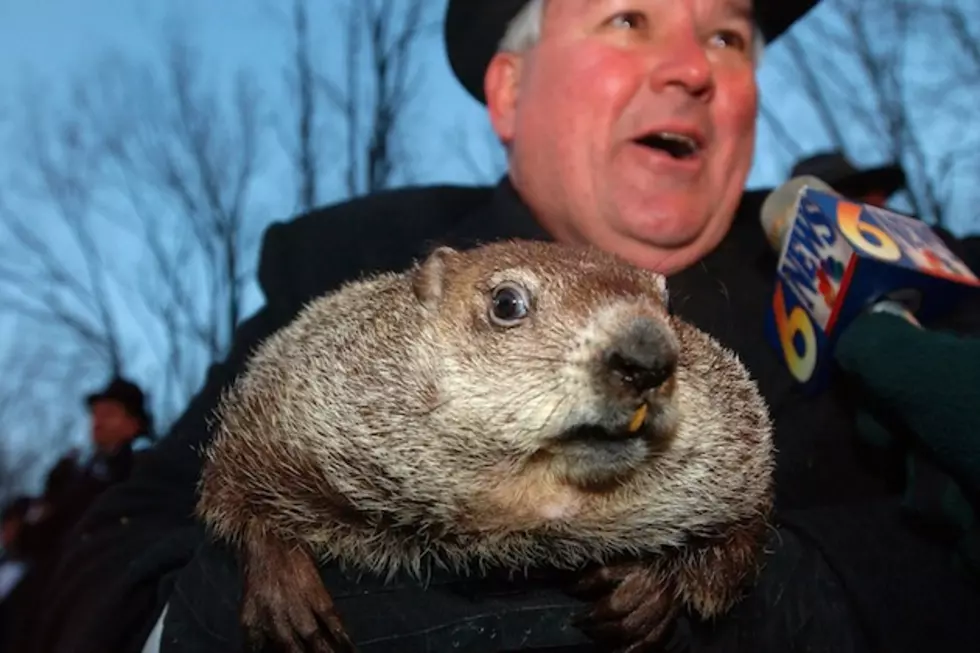
Where The Groundhog Day Ritual Came From
Every February 2 we wake up and almost automatically wonder if the groundhog saw his shadow, and if we'll have an early spring. But why?
The real answer is complicated and long-winded, but we'll try to break it down for you.
In the days of Paganism(when people worshipped multiple deities) many people celebrated the changing of the seasons.
Groundhog Day can be traced to the feast day of Candlemas, the midway point between winter and spring. The Pagans would judge how much longer winter would last by the weather on that day. If it was a nice day, winter would last longer. If the weather was bad, an early spring was to be expected.
Since the groundhog is a hibernating animal, it(and other hibernating animals like bears, badgers and hedgehogs) appearance at the end of hibernation would coincide with the Candlemas celebration. Therefore if the animal didn't come out of its burrow, or if it showed itself and went right back into hiding it was taken as a sign of bad weather sticking around.
The groundhog itself as the mascot was apparently introduced by German settlers in America. Since they were heavily populated in the Pennsylvania region, one town decided to serve them as a delicacy.
That town happens to be Punxsutawney.
Legend has it that members of the local Elks Lodge introduced the meal in the late 1800's, and it was so popular that it became a yearly tradition to hunt and eat them.
Eventually, the idea of eating groundhog became less popular(probably when they discovered bacon) and the groundhog became simply a mascot.
Now every year we wait for the little guy to come out of his burrow at Gobbler's Knob in Punxsutawney, PA where thousands(mostly because of the movie Groundhog Day) gather for the event.
For the full story and in-depth explanation visit Snopes.com.
BONUS VIDEO: Luke Austin's Easy Super Bowl Snacks
More From WIBX 950









